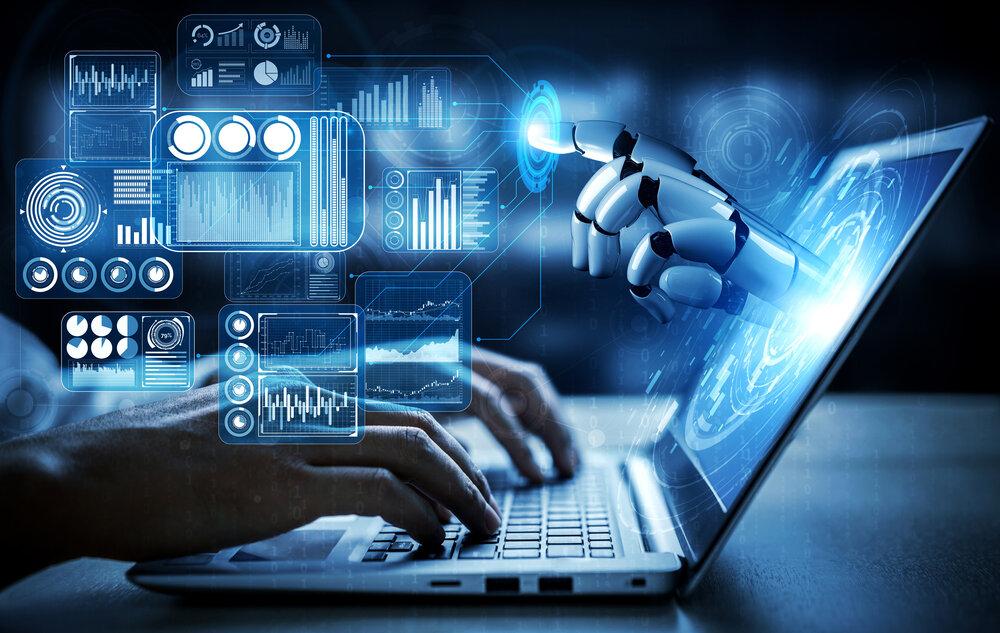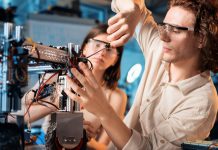
Introduction
It is believed that creativity is the cornerstone of human intelligence but a challenge for Artificial Intelligence. This is because as human creativity reaches its zenith, models that power artificial intelligence are bound to change. There are usually three ways in which Artificial Intelligence can deal with such novel ideas. The first method is by preparing the normal aggregate of similar ideas. The second method is by highlighting the power of conceptual ideas. The third method seeks to rely on transformation in the present models to incorporate new ideas.
The symmetrical relationship between AI and creativity
It is said that creativity is the realization of human intelligence. At the same time, artificial intelligence is the Power of Learning demonstrated by machines. The relationship between technology-oriented artificial intelligence and human creativity has been a subject of debate and research for the last few decades. Creative programs can be created by artificial intelligence and AI models can be improved by creativity. In this way, we conclude that this symmetrical relationship between artificial intelligence and creativity is derived from cognitive sciences.
It is opined that creativity is a property that is not confined to the contours of science alone. It has its dimensions in arts and humanities as well. As such, it is a much broader framework that has tremendous power to recreate the AI models. Creativity infuses the characteristics of novelty, value, and adaptability in systems driven by AI. There are two broad dimensions to creativity. The first is called psychological creativity and the second is called historical creativity. Among these two dimensions of creativity, models powered by AI usually rely on psychological creativity. However, historical creativity may also be used in specific cases but its use is rather limited in nature when we speak of broad AI.
Creativity and computation
Computational models of creativity focus on exploratory research and development. This means that various types of models are trained to not only reproduce original research artifacts but give a detailed description of the performance characteristics. The process requires a lot of domain expertise and analytical capabilities which are not easily available. But, an AI and machine learning course can help in this regard. This course provides a deep insight into transformational creativity and design thinking.
Cognitive application domains
The invention of new musical styles demands a holistic understanding of various notes. The design of a program that can recreate and record various types of notes is not possible without creative symphony and powerful AI. This is where creativity, cognition, and artificial intelligence intersect.
Architecture design analysis is another domain where the art of creativity and the power of artificial intelligence can come together. Perfect symmetry between the two domains can give rise to architectural masterpieces that are difficult to imagine at first instance. One of the most popular programs that have been created by the juxtaposition of artificial intelligence and creative thinking is AARON. This is one of the most powerful tools for exploratory analysis and research related to line drawing in particular styles.
Concluding remarks
The overlap of artificial intelligence and creativity is an emerging field that has the great power to transform intelligent models and take them to a new level.





